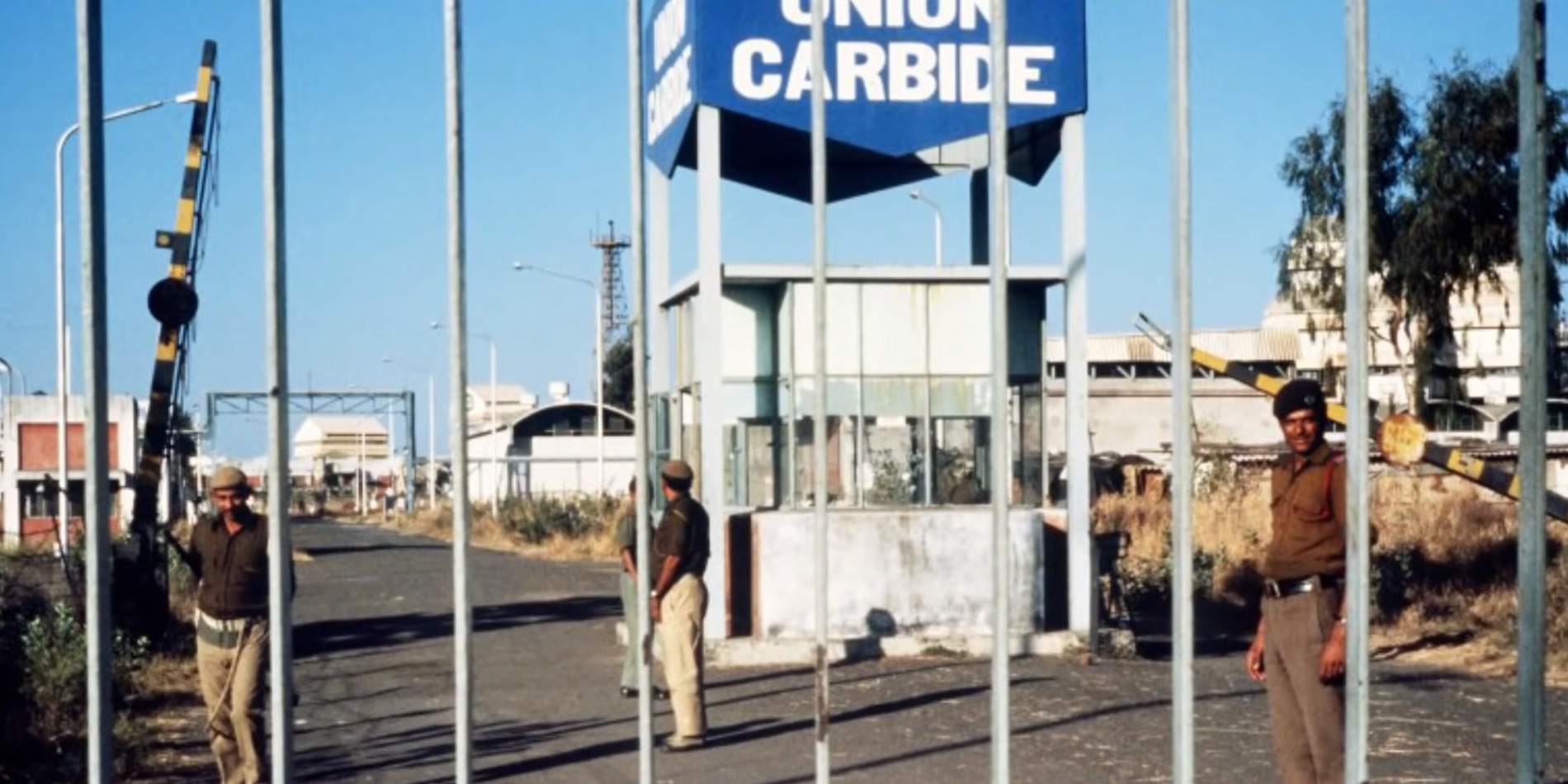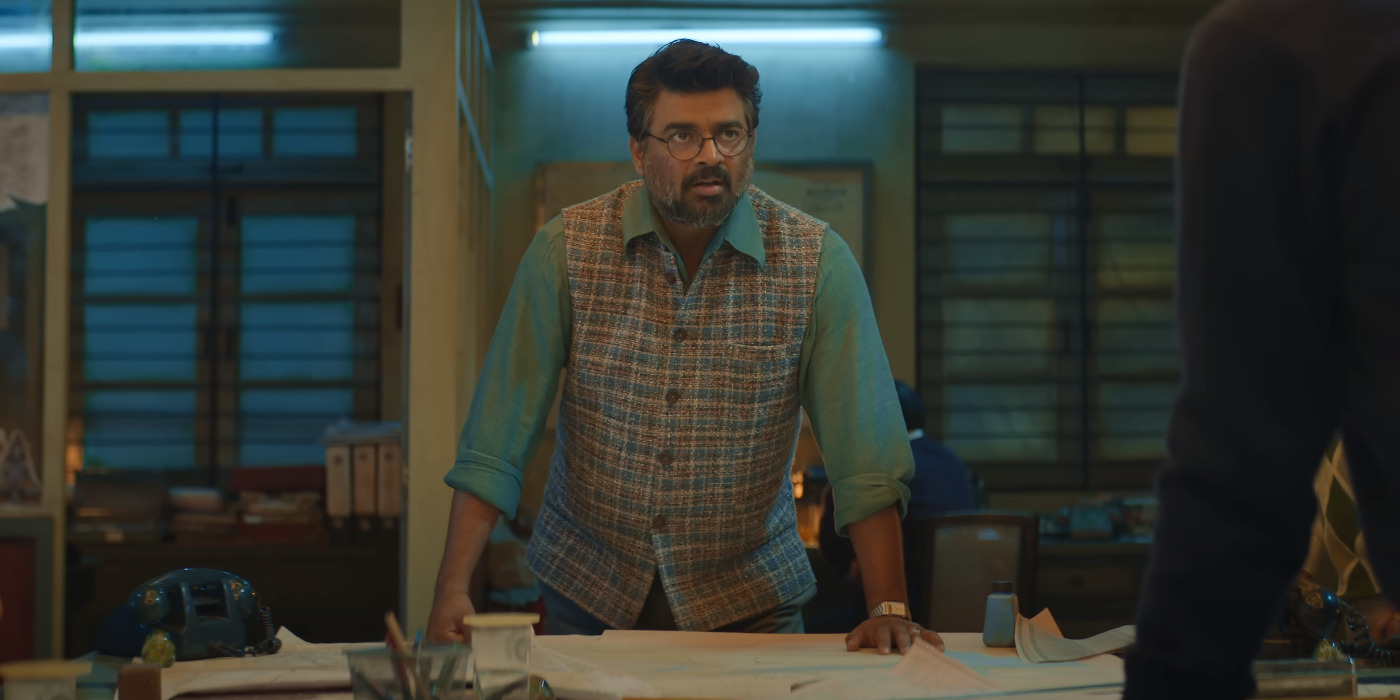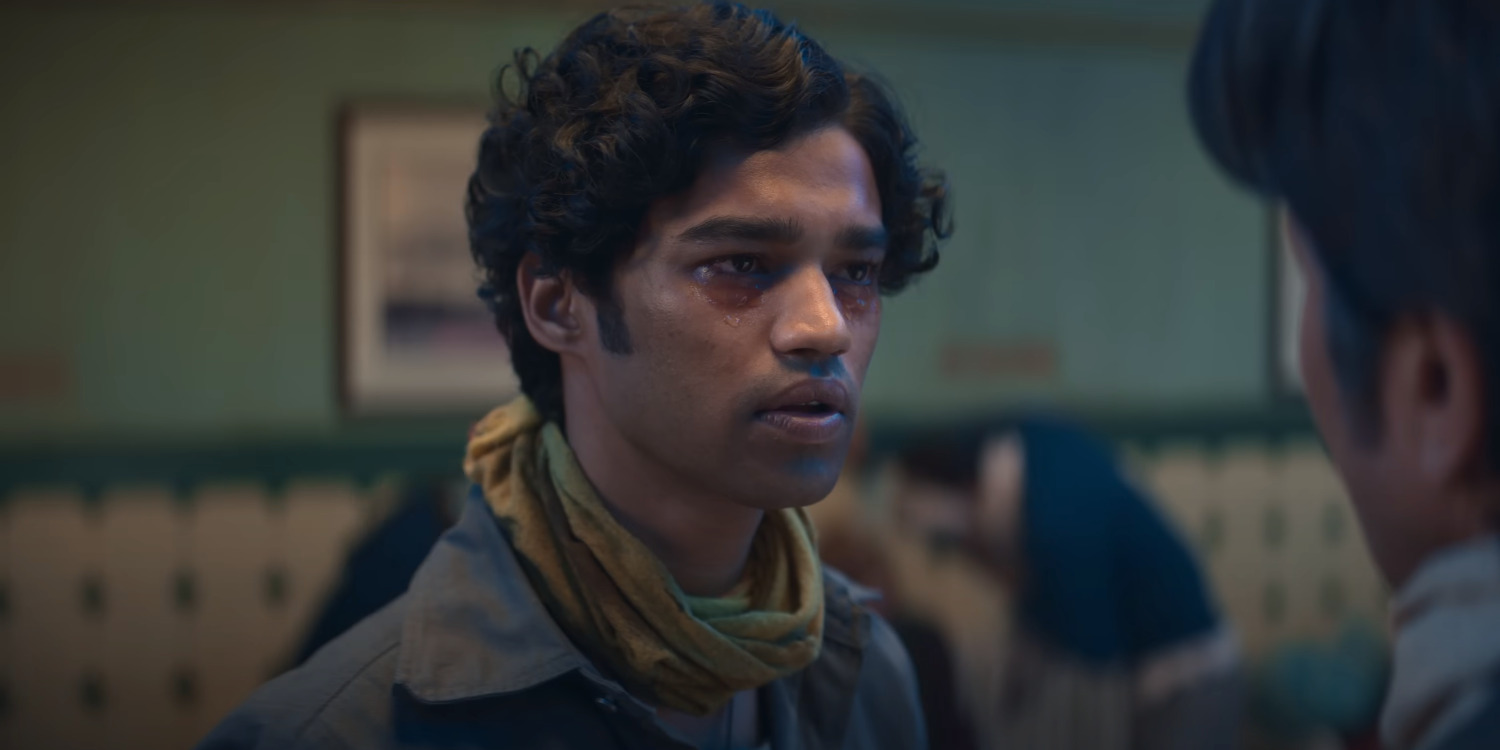Detailing a devastating disaster that unfolded in the city of Bhopal in 1984, Netflix’s Hindi drama thriller show ‘The Railway Men’ presents the valorous stories of unsung heroes whose courage saved numerous lives. Following Union Carbide’s negligent safety practices, their pesticide factory malfunctions, spreading a deadly gas leak across the city. Amidst the death and chaos that follows, the Bhopal Junction Stationmaster, Iftekaar Siddiqui, puts his life on the line in an attempt to keep civilians safe and transport them out of reach from poisonous, untreatable air.
In this grand undertaking, Iftekaar finds aide from Imad Riaz, a former factory worker-turned-loco-pilot and a Constable with many secrets to keep. Meanwhile, Railway GM Rati Pandey and DG Personnel Rajeshwari Janglay bend over backward in trying to send relief to the victims. As this show highlights the grave industrial disaster and the heroic endeavors of regular people that followed, it recounts a horrific time in Bhopal’s history. But how much of The Railway Men’s story is true?
Bhopal Gas Tragedy
‘The Railway Men’ is based on a true story and mines invaluable inspiration from the real-life tragedy that struck Bhopal in 1984 due to a factory gas leak. Although not a documentary but rather a dramatization of real life, this show blends a factual happening with fictional details to convey the weighty affliction that ran rampant in the streets of Bhopal. As such, the show can best be described as a story inspired by historical events, told through a fictionalized lens.

The same manifests on the screen as fictionalized characters going through very real monumental beats in history. On the night of December 2, 1984, and through the early hours of December 3, Bhopal citizens saw a great calamity take over their city when deadly chemicals— reportedly around 40 tonnes of it— leaked from Union Carbide’s pesticide factory. The factory’s location was adjacent to Bhopal’s residential areas, with the railway station nearby. Therefore, the gas quickly became a danger to human life, affecting 36 municipal wards out of the 56 total. According to estimation, a population of 5.2 million was “gas affected.”
During this time, the residents of Bhopal attempted to flee from the scene in desperation to save their lives, claiming vehicles and clamoring over trains out of town alike. However, despite the dangers lurking in the streets, a band of railway employees from Itarsi journeyed to the doomed city, armed with food and medicine to quell whatever suffering they could. Their relief aid included a Special team made up of doctors and paramedics on relief missions. A 2002 article about the event, written by V Anand, speculates if it was this relief team’s brave spirit that moved the State Government Administration to pull their own act together.
Ultimately, the chemical leakage from Union Carbide— constituting mainly methyl isocyanate, among other mixtures— led to the death and disability of numerous people. The official death toll came up to over 15 thousand, with many more suffering from the persisting aftermath of the event and people injured in the millions. The incident is remembered as the largest industrial disaster in the world to date.
The Show’s Origin
The show’s creator/director, Shiv Rawail, first came across the project when it was only a one-page script written by Aayush Gupta, ‘The Railway Men’s’ screenplay writer. Immediately, Rawail was impressed, citing the script’s depiction of “a story of the darkest night in Indian history from the lens of courage, hope and compassion” as mindblowing.

Thus, Riwail was instantly interested in bringing this story to the screen. Together, the writer and director duo researched the real-life story, looking through newspaper archives, stories, and testimonies from Bhopal residents. “During the research, we discovered that the real death toll of the Bhopal gas tragedy will probably never be known,” shared Riwail in a conversation with The Hindu.
“There were two hospitals treating around 50,000 victims. They were unprepared and overwhelmed and started declaring people dead without issuing death certificates. There’s no physical account of those deaths. Not only that, they didn’t have enough place to bury or cremate people. It’s insane to imagine the plight of the families who had lost their loved ones and needed a sense of closure.”
Likewise, actor R. Madhavan, who helms the show alongside his talented co-stars, was similarly moved by the story and said, “I thought this comes closest to showing the pure courage and grit of the Indian railway men and for that reason alone, this is a unique story.”
Yet, it’s also important to note that in adapting the real-life incident to the screen, the show’s creators employ creative liberty’s handy help wherever necessary. While the incident is ripe with sentimentality and touching emotion on its own, a cohesive storyline requires prominent characters with well-crafted backgrounds and details.
Thus, some aspects of the show, specifically those that revolve around character-driven storylines, are mostly fabricated, with only slight inspiration taken from reality. Ultimately, ‘The Railway Men’ brings a significant piece of history to the screen through a dramatized retelling that doesn’t document reality but takes heavy inspiration from it.
Read More: Best True Story Movies on Amazon Prime


You must be logged in to post a comment.